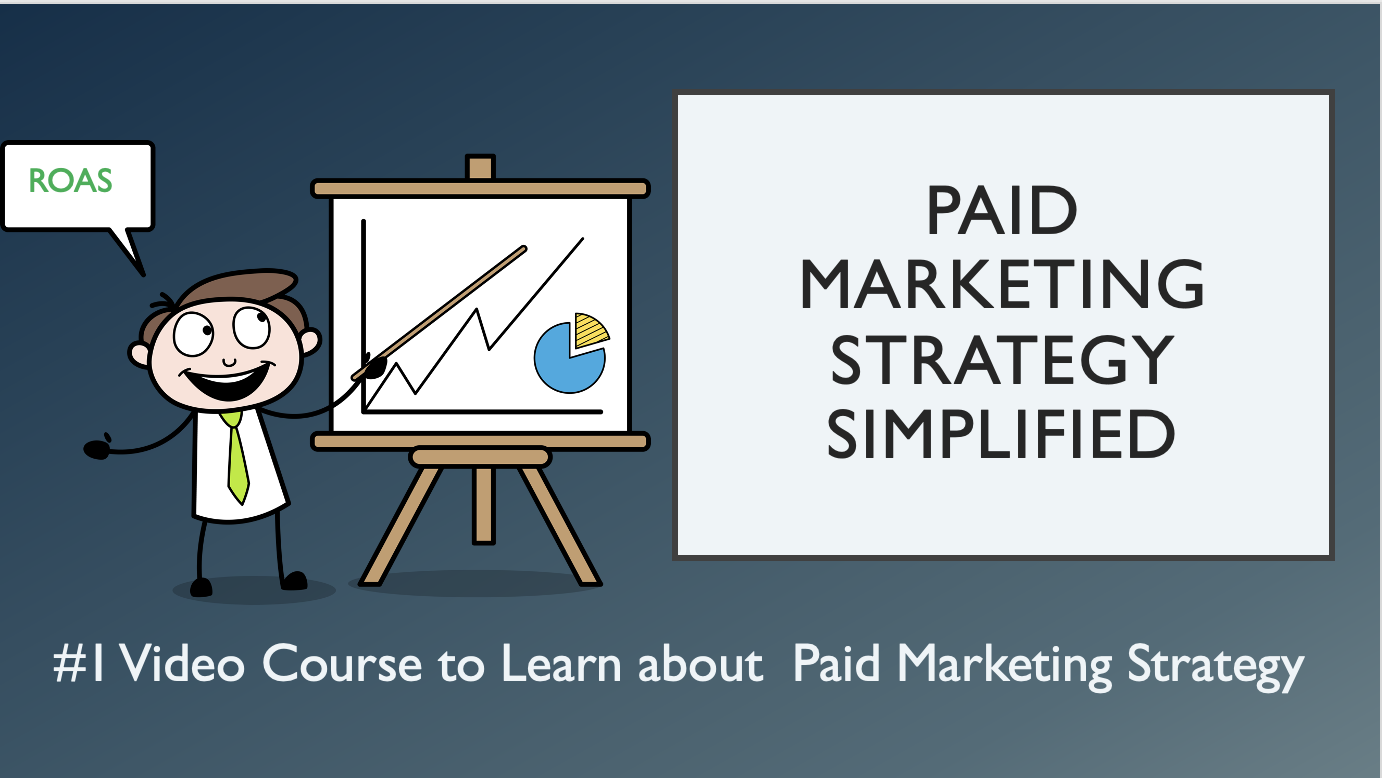Understanding the Pulse: What is Pulsing?
Pulsing is a strategic scheduling method where periods of intense advertising are interspersed with periods of lower or no advertising. Unlike continuous or flighting strategies, pulsing allows brands to maintain a baseline presence while ramping up activity during critical times.
Why Pulsing Matters for Founders and Marketers
Pro Tip:
Pulsing strategies can be tailored to your unique business cycle, product seasonality, and competitive landscape to maximize effectiveness.
The Fundamentals of Pulsing
What is Pulsing in Advertising and Marketing?
Pulsing is a type of advertising schedule that blends continuous and flighting strategies. Brands alternate between periods of heavy advertising (the “pulse”) and lighter or no advertising (the “off” period). Unlike pure flighting, there is always some level of advertising running, even during the off periods.
Key Elements:
“Think of pulsing as the heartbeat of your marketing plan: steady, reliable, with occasional surges for maximum impact.”
Types of Pulsing Strategies
The Difference Between Pulsing, Flighting, and Continuous Scheduling
Did you know?
Pulsing is ideal for brands that want to avoid long gaps in visibility but can’t afford maximum spend year-round.
Why Use Pulsing? Benefits & Use Cases
Advantages of Pulsing Strategies
Common Applications of Pulsing Strategies
Pulsing Advertising Examples
“Pulsing enables marketers to stay present without burning out resources, making it perfect for scaling brands.”
Pro Tip:
Review historical sales and engagement data to forecast the best times for your pulses.
Building a Pulsing Schedule
How to Develop a Pulsing Marketing Strategy
-
Analyze Your Data: Identify when your audience is most responsive and when demand spikes occur
- Set Objectives: Define what you want to achieve during pulse periods—awareness, sales, engagement
- Allocate Budget: Reserve higher spend for pulse periods, maintain a baseline for the rest
- Coordinate Across Channels: Sync pulses across paid, owned, and earned media for greater impact
- Monitor and Adjust: Use analytics to refine your schedule over time
“A successful pulsing schedule is never static. It evolves with your business and your audience.”
Best Practices for Pulsing Media Schedules
Pitfalls to Avoid
Did you know?
The most effective pulsing schedules often blend data-driven insights with market intuition.
Pulsing in the Real World
Pulsing Advertising Examples in Action
B2C Example:
A fitness brand runs heavier social ads in January (New Year’s resolutions) and May (pre-summer), but keeps a consistent, lighter ad presence the rest of the year. This ensures they’re visible during peak buying times without overspending in off months.
B2B Example:
A software company increases advertising before industry conferences and product launch dates, maintaining ongoing thought leadership and brand awareness through blog content and sponsored posts throughout the year.
“Pulsing is not just for big brands. Startups and growing businesses can use it to punch above their weight.”
Tips for Getting Started
-
Map your customer journey to identify high-impact pulse moments
-
Test different pulse frequencies and intensities
-
Use retargeting during off-periods to maintain engagement
Pro Tip:
Integrate pulsing with content marketing and PR to amplify each pulse’s effect.
Measuring Pulsing Performance
Key Metrics to Track
Interpreting Results
-
Compare performance during pulse and baseline periods
-
Look for uplift in brand search, website visits, and sales
-
Adjust future pulses based on what works best
“Consistent measurement is the secret to refining your pulsing strategy and maximizing ROI.”
Did you know?
Even small changes to pulse timing or intensity can significantly impact results.

FAQs About Pulsing
What is a pulsing advertising schedule?
A pulsing advertising schedule maintains a constant baseline of advertising with periodic increases in intensity during key periods.
How is pulsing different from flighting?
Pulsing ensures ongoing presence with occasional surges, while flighting alternates between intense activity and complete inactivity.
When should I use a pulsing strategy?
Use pulsing when your product or service has steady demand with periodic spikes—such as seasonal events, product launches, or industry conferences.
How do I measure pulsing effectiveness?
Track key metrics like engagement, conversions, and ROI during pulse and baseline periods to determine what works best.
Can pulsing work for small businesses?
Absolutely! Pulsing is scalable and can help small businesses maximize every marketing dollar.
You may also like the below Video Course

Conclusion: Make Pulsing Work for You
To succeed with pulsing, start with clear goals, analyze your business cycles, and remain flexible. By leveraging data and adapting your schedule, you’ll achieve sustained brand growth and efficient marketing spend.
Actionable Next Steps: